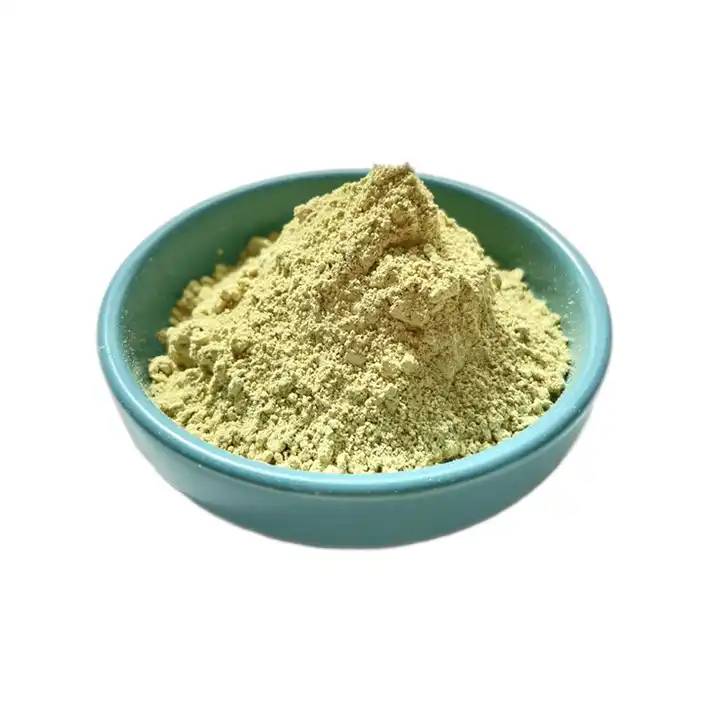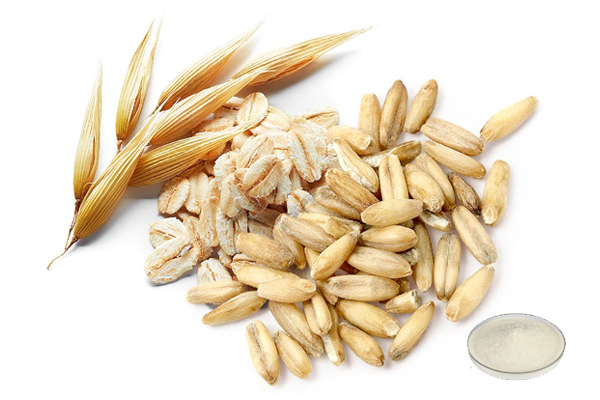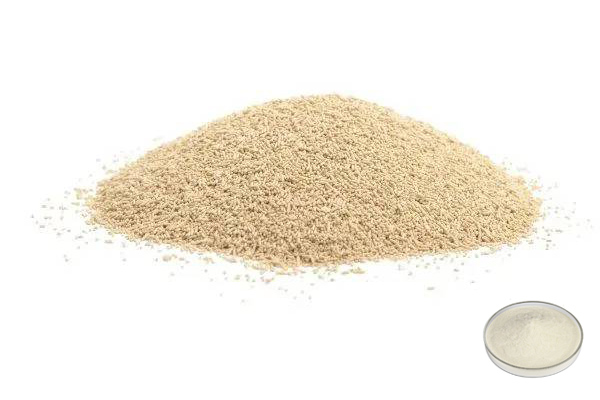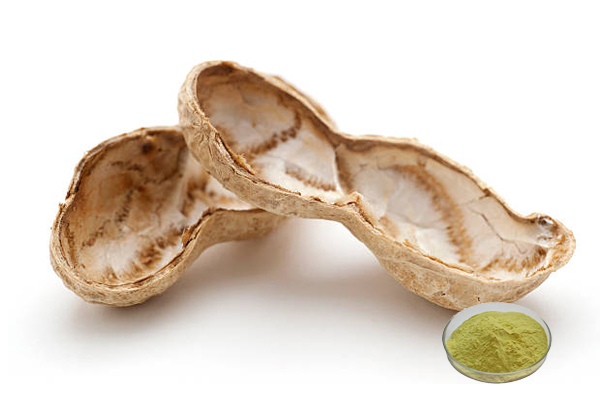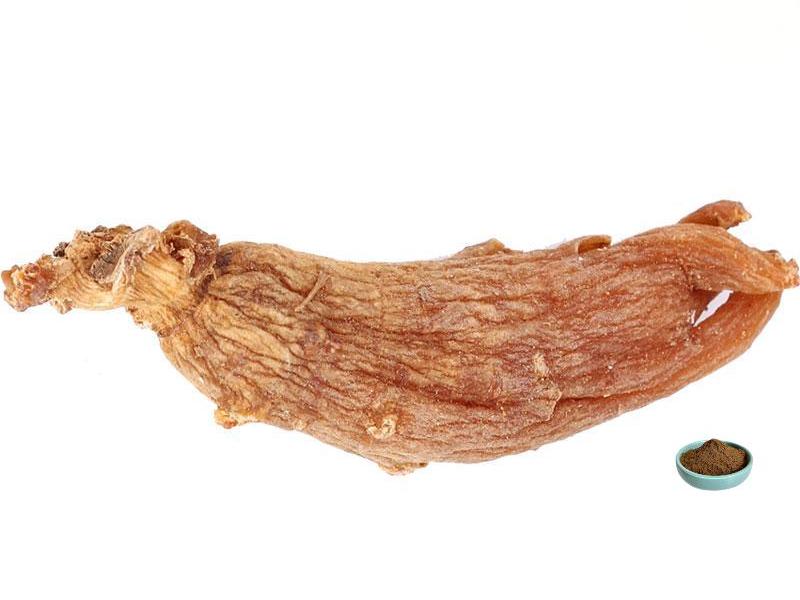Lutéoline poudre en vrac 98%
Nom de produit: lutéoline Bulk Powder 98%
Analyse: lutéoline :≥98%
Méthode d’essai :HPLC
Apparence: poudre jaune clair
Résidu de Pesticide: conforme à la norme (ce) No 396/2005
- Description Description
- Fiche technique
- Certificat de formation
-
Qu’est-ce que la poudre de lutéoline?
Les lutéolines sont des composés flavonoïdes naturels, nommés d’après leur isolement original des branches, des feuilles et des tiges de r. Odorata l. est un genre de lignans (reseda) dans la famille des Rosaceae. Les coques d’arachide sont riches en lutéoline et sont l’une des sources les plus importantes de lutéoline. Les coques d’arachide sont l’un des déchets d’arachides, et le développement et l’utilisation de la lutéoline et d’autres flavonoïdes naturels dans les coques d’arachide peuvent améliorer la valeur d’utilisation globale des arachides.
Les lutéolines sont une sorte de flavonoïdes naturels, qui existent dans de nombreux types de plantes. Il a une variété d’activités pharmacologiques, telles que anti-inflammatoire, anti-allergique, abaissant l’acide urique, anti-tumoral, antibactérien, anti-virus, etc. Il est principalement utilisé pour la toux, expectorant, anti-inflammatoire, abaissant l’acide urique, le traitement des maladies cardiovasculaires, le traitement de " sclerosis" latéral amyotrophique;, sras, hépatite, et ainsi de suite.
vert Spring Technology supplies luteolin powder 98% Dans une large gamme de tailles. Cette poudre pure de lignocaine a passé l’essai d’identification, le métal lourd, le résidu de solvant, et les micro-organismes sous la pharmacopée européenne, la pharmacopée des États-Unis, la pharmacopée japonaise et d’autres normes internationales. Le rapport des essais faisant autorité par un tiers est disponible.
Spécification:
Nom du produit
Lutéoline poudre en vrac 98%
Nom Latin
ResedaodorataL.
CAS non.
491-70-3
Source:
Coquille du fruit de la légumineuse arachide
Congé et tige de ResedaodorataL.
Ingrédients actifs
lutéoline
analyse
Lutéoline :≥98%
Méthode d’essai
HPLC/HPLC
apparence
Poudre jaune clair
Résidus de pesticides
Conforme à la norme (ce) n ° 396/2005
Règlements:
Il est conforme à la réglementation de l’ue.
Vous cherchez un devis?Benefits:
Anti-inflammatory
Inflammation is a defensive response produced by the body after being stimulated by injury factors. Studies have shown that the anti-inflammatory effect of luteolin mainly occurs within immune cells, especially macrophages. Wang et al. evaluated the effect of luteolin on the activity and apoptosis of RAW264.7 macrophages using MTT and cell death Elisa methods. The research results show that 20mo1/L of luteolin can cause morphological changes in macrophages, slow cell contraction, and the appearance of apoptotic bodies can be observed. In vivo, luteolin can upregulate signal transduction, transcriptional activator 6 (p-STAT6), and inhibit transcriptional activator 3 (p-STAT3), thereby altering macrophage polarization and transitioning from pro-inflammatory M1 phenotype to anti-inflammatory M2 phenotype. At the same time, cytokines undergo a transition from pro-inflammatory to anti-inflammatory, playing a role in inhibiting inflammation.
In the acute gouty arthritis model induced by sodium urate, different doses of luteolin (50, 100, 150mg/kg) can significantly reduce the swelling of the ankle joint in mice. The content of IL-1B, L-17, IL-6, and TNF-A in serum is also relatively reduced, and the protein level of NF-KB and tissue inflammatory activity are also relatively reduced. It is expected to become an effective drug for treating gouty arthritis. The expression levels of HMGB1mRNA were relatively reduced, indicating that luteolin can exert anti-inflammatory activity by inhibiting the HMGB1-NF-KB signaling pathway.
Antibacterial
Numerous studies have shown that luteolin has inhibitory effects on various bacteria. Guo et al. used the broth dilution method to determine the minimum inhibitory concentration (MIC) of luteolin against purulent occult bacteria, which was 78g/mL. This study also indicates that luteolin can disrupt the integrity of bacterial cell walls, increase the permeability of cell membranes, and lead to changes in cell morphology. In addition, luteolin can inhibit the activity of DNA topoisomerase in cells, thereby reducing the content of total protein and nucleic acid in cells and inhibiting bacterial proliferation.
Other studies have shown that luteolin (50mg/mL) can cause E. coli and Enterobacter cloacae cells to transform into irregular shapes, with a few E. coli cells experiencing distortion or even rupture. The MIC and MBC of luteolin against Escherichia coli were 64g/mL and 128g/mL, respectively, and the MIC and MBC against Enterobacter cloacae were 128g/mL and 256g/mL, respectively. Luteolin has good anti methicillin-resistant Staphylococcus aureus activity and has synergistic effects when combined with quinolones and aminoglycosides. It can reduce the MIC of antibacterial drugs, thereby reducing their toxic side effects. The above results indicate that luteolin has good development prospects in natural antibacterial properties.
Antitumor
Modern research has shown that luteolin has inhibitory effects on various cancer cells. A study showed that luteolin inhibited the proliferation of human breast cancer MCF-7TamR cells, with a MIC of 1.06mo1/L. Luteolin (20, 30mo1/L) can significantly increase the expression level of tumor suppressor protein P27 in MCF-7TamR cells (P<0.05), causing its cell cycle to be blocked in the G2/M phase, thereby inhibiting the proliferation of cancer cells; At the same time, luteolin can reduce the expression level of Bc1-a in cells, causing changes in the membrane potential of mitochondria in cells, and inducing cancer cell apoptosis through the mitochondrial apoptosis pathway.
Wu et al. found that luteolin can upregulate the expression levels of various apoptosis proteases (caspase-3, caspase-8, caspase-9) and induce mitochondrial division by upregulating the expression of DRP1 and DR5, thereby inhibiting the activity of lung cancer cells (A549). At present, most of the anti-tumor experiments of luteolin are results of in vitro experiments, and more in vivo experimental results are needed to confirm its anti-tumor activity.
Antioxidant
Peroxidases play a very important role in the oxidation process. Research has shown that luteolin inhibits the activity of peroxidase in a noncompetitive manner. The potential mechanism is that luteolin can form stable complexes with peroxidase through hydrogen bonding, causing changes in the hydrophobicity and polarity of peroxidase, thereby preventing the entry of substrates and the release of products. Malondialdehyde (MDA), as a peroxide product, can indirectly reflect the degree of oxidative damage. According to relevant studies, luteolin (5mL/kg) can increase the activity of the antioxidant enzyme CAT in the body of hyperlipidemic rats, thereby reducing lipid peroxidation levels and MDA levels. Its effect is not significantly different from that of 1mL/kg simvastatin.
In addition, luteolin can also improve the degree of liver steatosis from a pathological perspective, indicating that luteolin has good health functions in preventing fatty liver and antioxidation. In 2017, Wang Jian et al. introduced the 6 position of luteolin into an active group containing an amino group to obtain luteolin aminoquinone compounds. Compared to luteolin, this compound not only enhances its antioxidant capacity but also improves its water solubility due to changes in the lipid/water distribution coefficient.
Applications:
In Cosmetics:
Luteolin bulk powder is used as a cosmetic raw material, which can be used for skin whitening, sun protection, anti-aging, and anti-inflammatory purposes. It is also a pigment raw material for cosmetics
For Health Product:
Luteolin powder has been used to prepare health products that enhance the body's hypoxia tolerance due to its excellent antioxidant biological activity.
-
Télécharger le document
Lutéoline poudre en vrac 98% COA
-
Télécharger le document
Cosmos 2023
Télécharger le documentHalal 2023
Télécharger le documentCasher 2023


 Anglais
Anglais français
français espagnol
espagnol russe
russe coréen
coréen japonais
japonais



